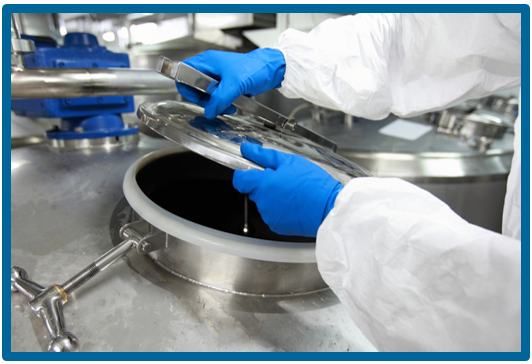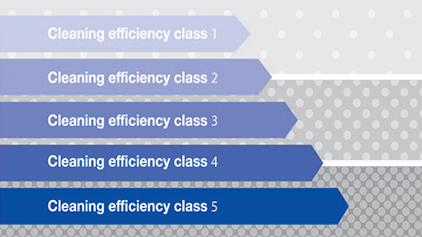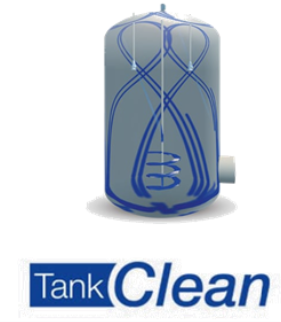
Many industries use stainless steel tanks for mixing, blending and storing their products. All of these tanks require proper cleaning or sanitizing, so that cross contamination does not become a problem. Unwanted chemicals or bacteria can destroy the next production batch, resulting in lost revenue, production time and materials. Learn how you can avoid the risk of contamination in your next production batch with a thorough stainless steel tank cleaning.

Stainless steel tank cleaning should be a regular part of your production process, to ensure that your tank is ready for the next batch. The method by which you clean can make all the difference. Some companies will cut corners by using only a simple rinse, but this still leaves residue inside the tank. Manually cleaning tanks with a power washer does not guarantee a clean tank because of inconsistency. Tanks that are already equipped with a spray device may not even be appropriate for the cleaning task. However, by having the right spray device, you can be assured your tank will be perfectly clean.


1. Determine the type of soil you are cleaning
Choosing the right nozzle is dependent upon the type of soil being cleaned. Lechler classifies soils into 5 Cleaning Efficiency Classes that range from light, medium and persistent. Once the cleaning efficiency class is defined, the nozzle selection can be narrowed down.

2. Select the right stainless steel tank cleaning device
Static nozzles are primarily used for removing light soils or rinsing. These nozzles are found in cleaning efficiency class 1.
Free-spinning nozzles are fluid driven. These nozzles are designed for removing light soils in small to medium sized tanks. When compared to static, these nozzles use less water in shorter periods of time. Depending upon the size of the tank and soil being removed, these nozzles are found under cleaning efficiency class 2 and 3. Lechler offers a wide range of free-spinning nozzles to accommodate various tank sizes and applications.
Controlled Rotational nozzles are used for removing medium to heavy soils. An internal turbine controls the rotation of the nozzle, so that even at higher pressures the speed is maintained. Lechler’s Xact-Clean HP+ provides controlled rotational cleaning and is found under cleaning efficiency class 4.
Gear-Driven nozzles contain internal gears and the spray head rotates on two axes. These jets sweep the entire tank surface to ensure complete spray coverage. These nozzles are used to remove the most difficult soils, where penetration is needed and are classified in cleaning efficiency class 5. Lechler’s 5TA is gear-driven and has been proven in many industries.

3. Proper installation and placement
Nozzle placement is critical, especially if your tank contains agitators or mixing blades. In this case, more than on nozzle is usually required because surfaces could be neglected due to spray shadows. Spray shadows are improperly cleaned areas inside the tank and are caused by obstructions, such as agitators and mixing blades.
For this reason, engineers at Lechler developed TankClean, a simulation software that finds the optimal solution for nozzle placement. Operation of all tank cleaning nozzles can be simulated.


TankClean simulation software starts by adapting to the geometries of the tank and any built in equipment such as agitators or mixing blades. The proper nozzle is selected and the realistic simulation of the cleaning process starts. Areas that could potentially cause cleaning problems are identified. In this case other nozzles are considered and in some cases more than one nozzle. The results of the simulation are documented along with other planning aids.
Our simulation software is the perfect tool for selecting the right nozzle with exact placement inside your tank. Simulation trials are more practical, while real trial cleaning tests require more time and cost. Lechler offers a full line of tank cleaning spray devices to fit your application requirements. By selecting the right tank cleaning device, less water and solvents are consumed and you can be assured that your tank is ready for the next production batch.
